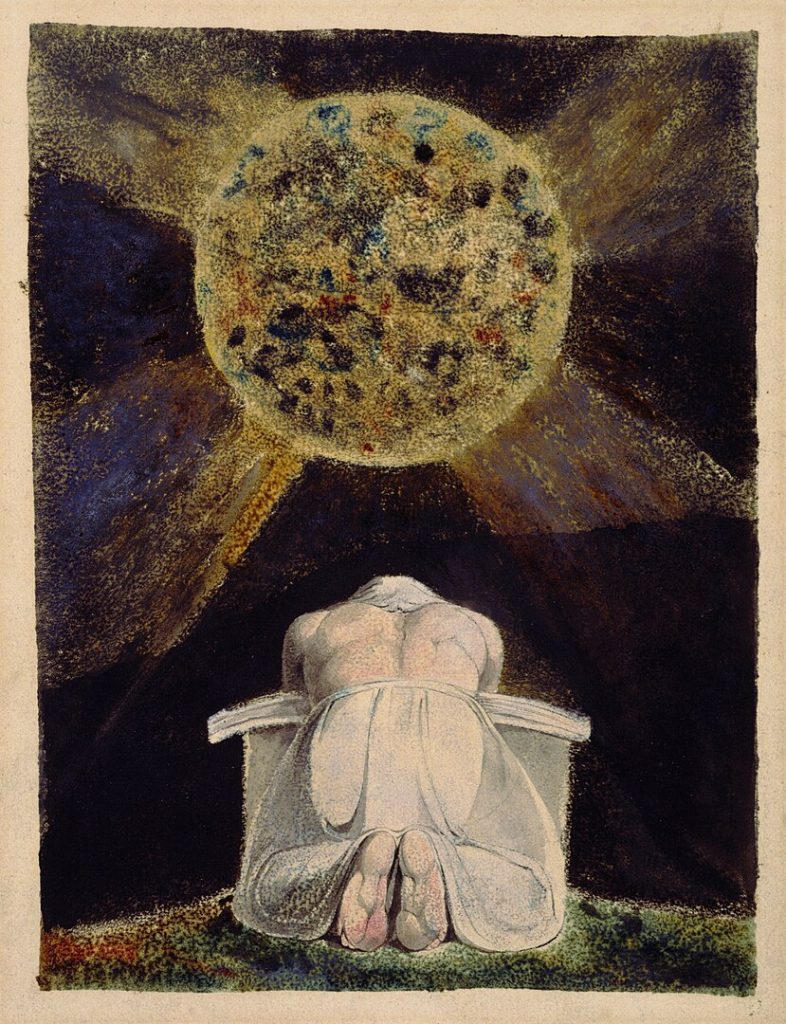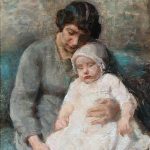
William Blake (1757–1827) was an English poet, painter, and printmaker who is now considered one of the most significant figures in the history of both poetry and visual arts. He was born in London and lived there for most of his life. Blake’s work, especially his poetry and illustrations, is known for its visionary and mystical qualities.
- Poetry: Blake’s poetic works are often characterized by their imaginative and symbolic nature. His most famous collection, “Songs of Innocence and of Experience” (1789), explores the contrasting states of innocence and experience and includes poems like “The Tyger” and “The Lamb.” Blake often created his own mythology and cosmology in his poems, drawing inspiration from his personal visions and beliefs.

- Prophetic Vision: Blake claimed to have mystical visions from a young age, and these visions heavily influenced his artistic and literary creations. He saw his role as that of a prophet and believed that his works were divinely inspired. His mystical and spiritual beliefs are evident throughout his writings.
- Illuminated Printing: Blake was a skilled visual artist and developed a unique method of illuminated printing, where he combined his text and illustrations on the same copper plates. This allowed him greater control over the integration of words and images in his books. His illuminated books include “Songs of Innocence and of Experience,” “The Marriage of Heaven and Hell,” and “The Book of Urizen.”

- Visual Art: In addition to his poetry, Blake was a talented painter and printmaker. His visual art often depicted mythological and biblical themes, and he created a series of watercolors illustrating Dante’s “Divine Comedy.” While Blake’s paintings were not widely recognized during his lifetime, he is now celebrated for his contributions to both literature and visual arts.
- Political and Social Views: Blake was critical of the social and political injustices of his time, and this is reflected in some of his works. He was sympathetic to the ideals of the American and French revolutions, and his poem “Jerusalem” is considered a rallying cry for social and political change.
Although Blake’s work was not widely appreciated during his lifetime, he has since gained recognition as a visionary artist and poet. His influence has extended to various artistic movements, and he is regarded as a precursor to the Romantic and Symbolist movements of the 19th century. Today, William Blake’s contributions to literature and art continue to be studied and celebrated.





